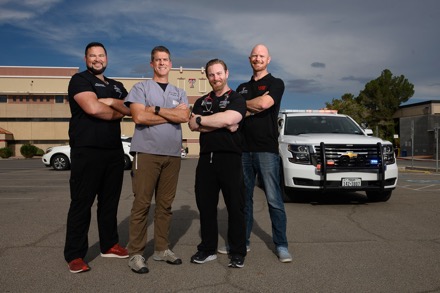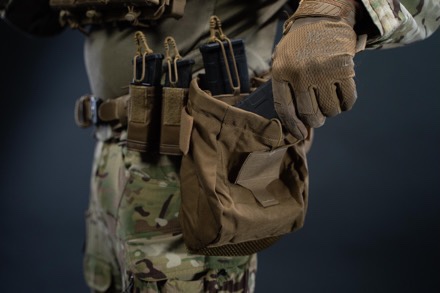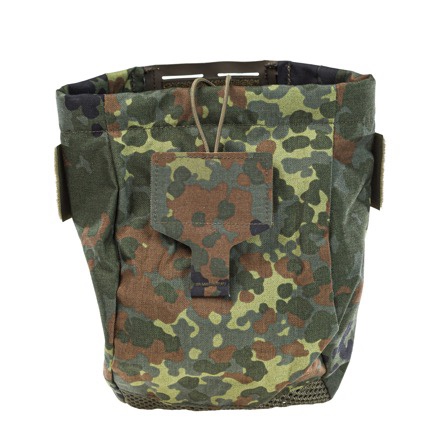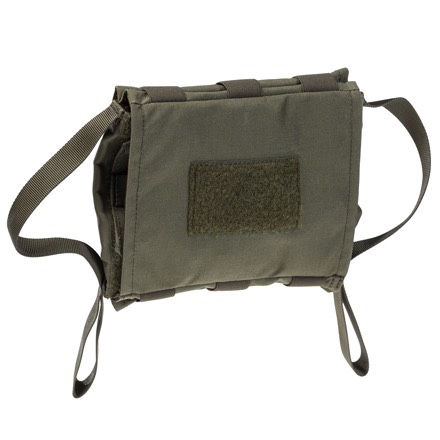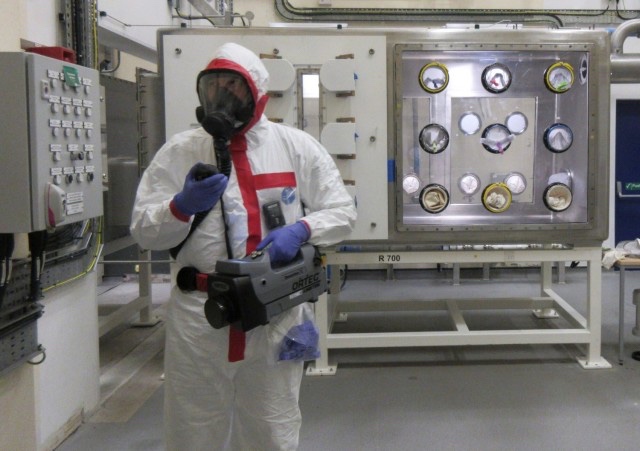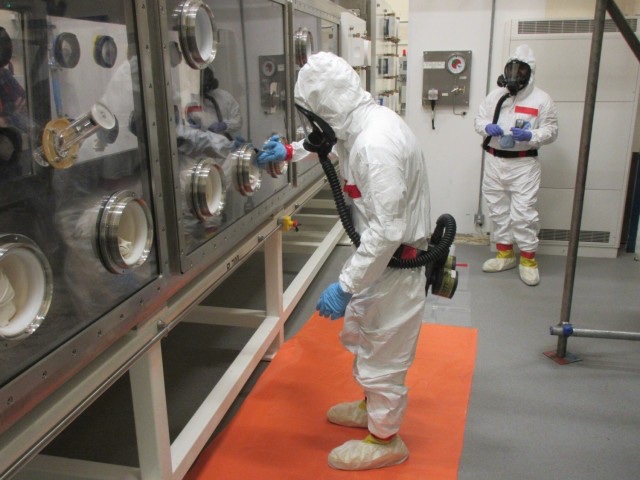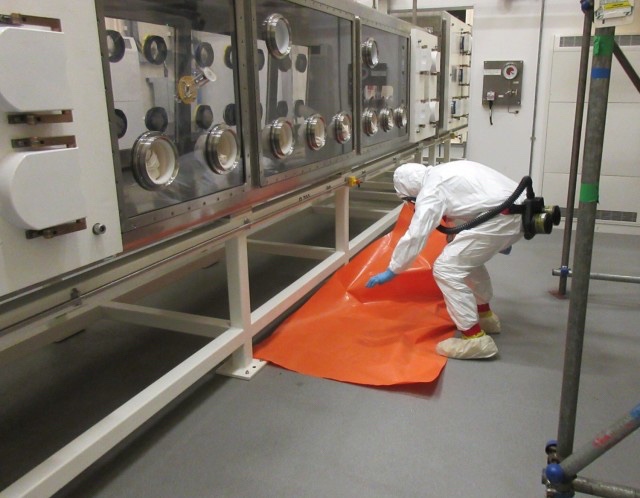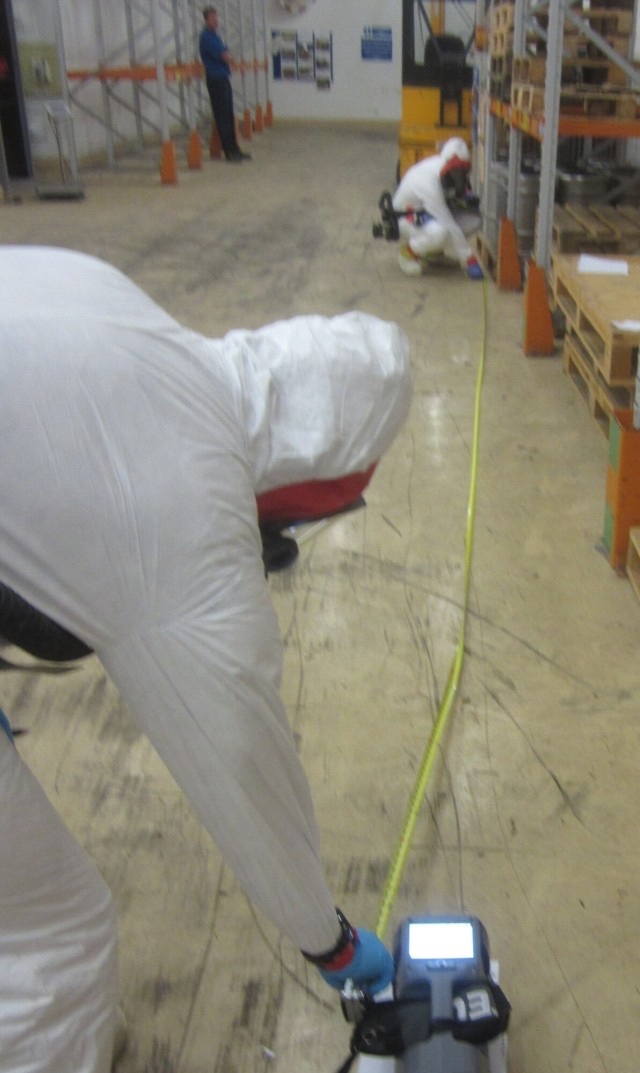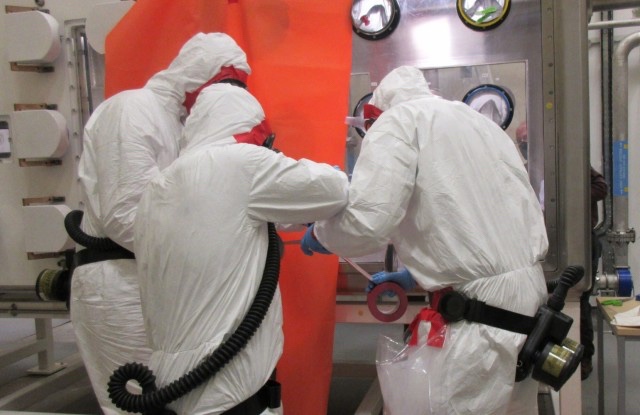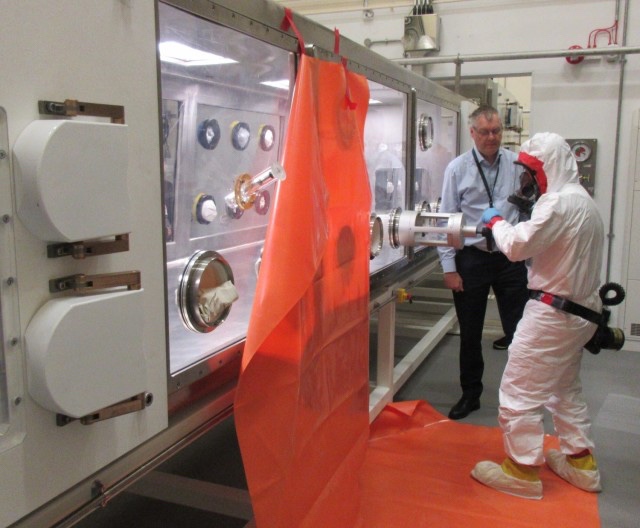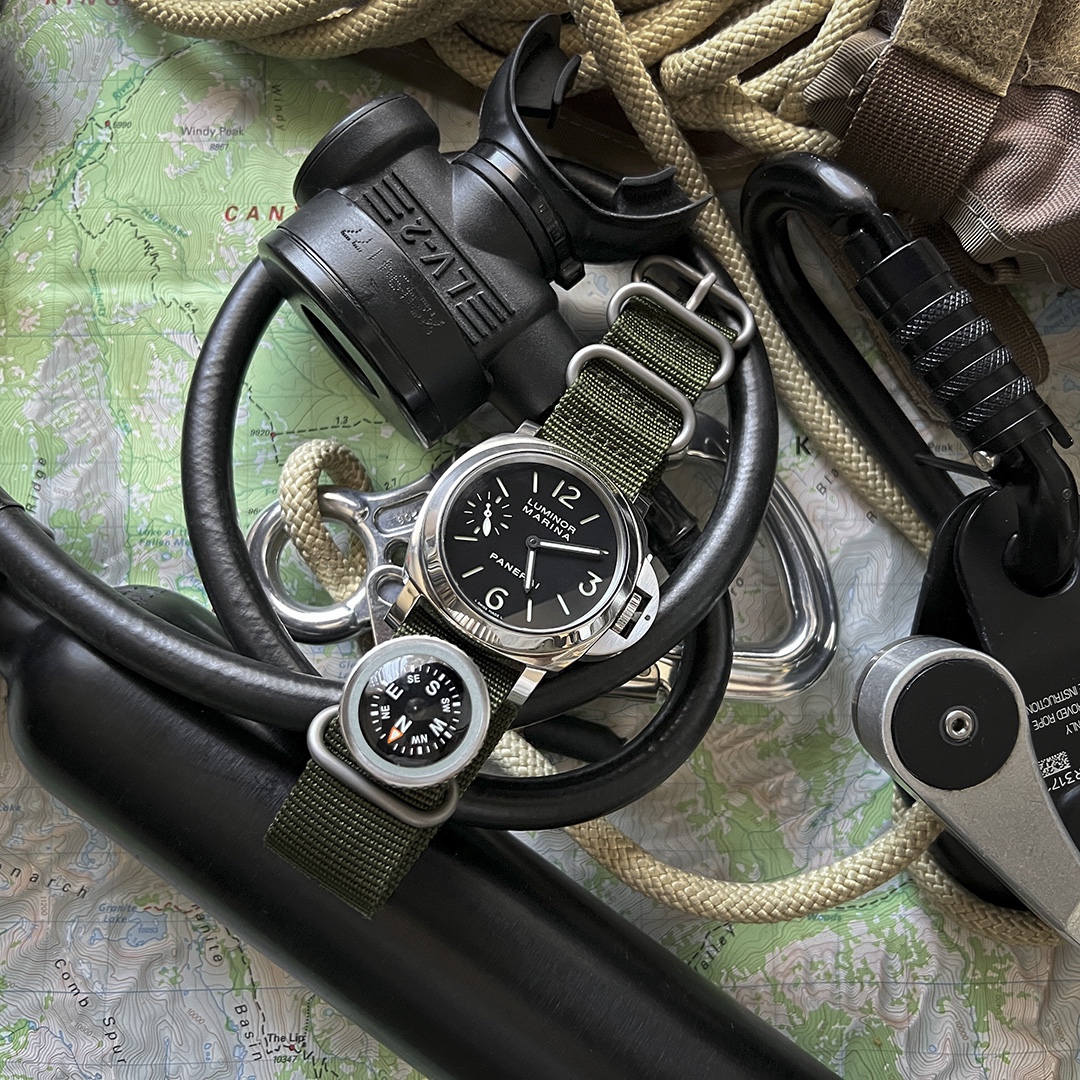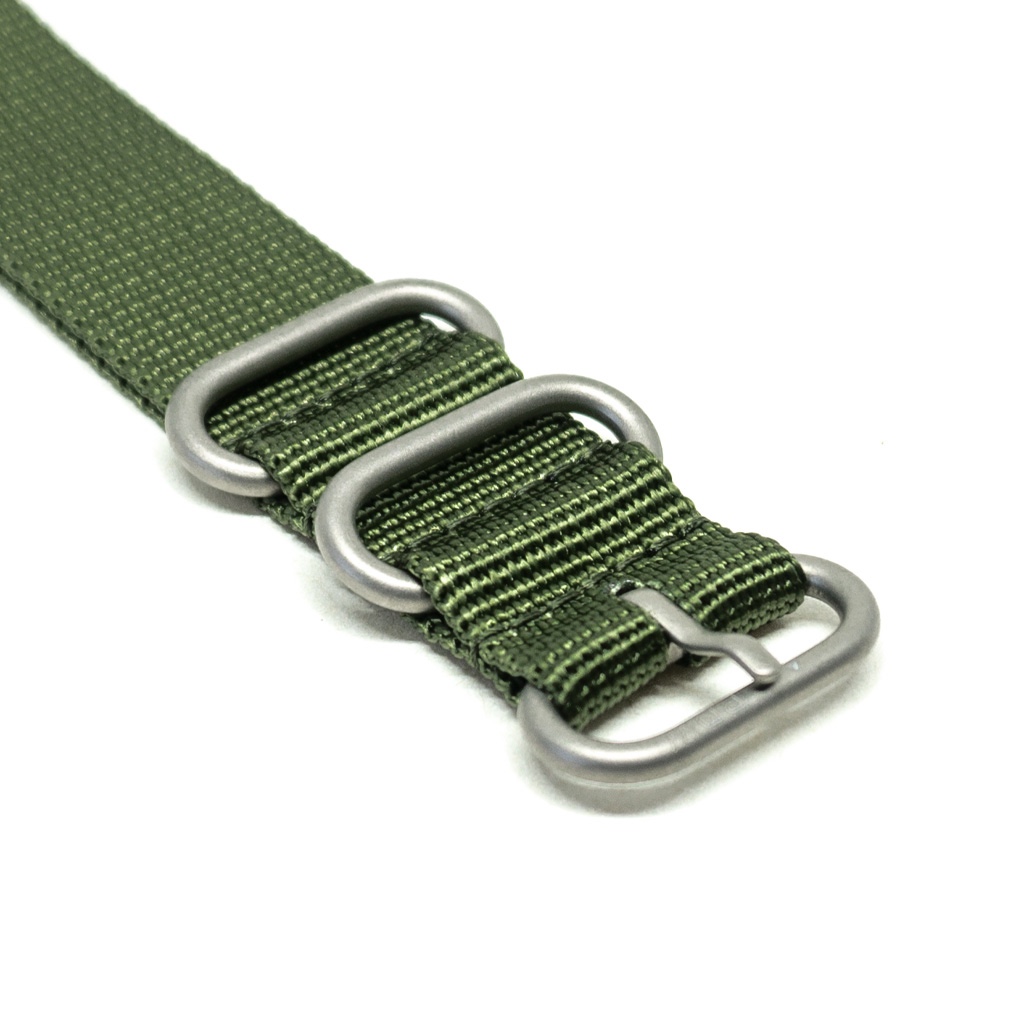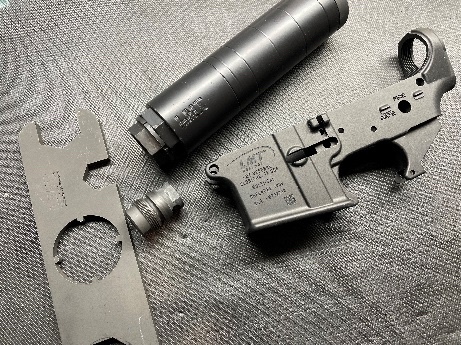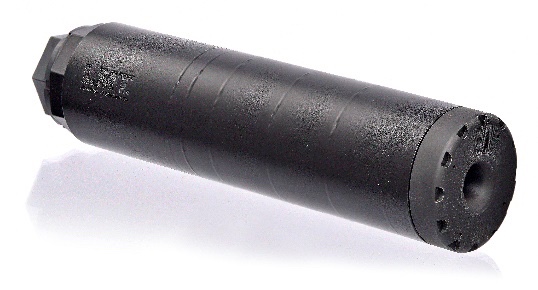We’ve always been told that dehydration and accumulation of lactic acid were the driving causes of cramps. Sports drinks have made a ton of money selling us on that, but there is little scientific evidence to support these connections. For dehydration to be a driving factor, you’d probably be displaying clinical signs of dehydration; dizziness, tiredness, dry mouth, lips, and eyes. Instead, the cause of cramps may lie in the reflex nerves that control the muscle. Two sensory receptors are involved: muscle spindles and the Golgi tendon organ (GTO). The GTO senses changes in muscle tension. It lies in the tendonous area at the end of the muscle fiber. If the GTO is stimulated, it sends a reflex signal via the spine and causes the muscle to relax. The muscle spindle is embedded in the muscle itself. The reverse situation occurs if the muscle spindle is stimulated, and a muscle contraction occurs.
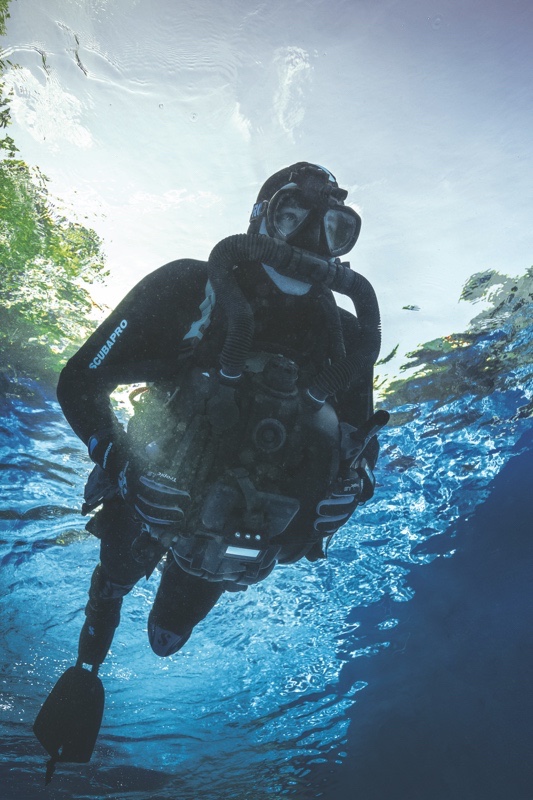
Cramp occurs when the reflex’s central nervous system (CNS) control is lost. The GTO becomes inhibited, and the muscle spindles become hyperactive. This leads to sustained activation of the muscle. If we follow this theory, then a muscle’s hyperexcitability is the basis of cramping; therefore, stretching should counteract the cramp. And guess what? We’ve known that for years. Stretches must be held for 15-30 seconds or until the muscles relax. After the cramp has gone, avoiding exercise for the next hour and applying heat will help. This allows the muscle and the CNS to recover.
So how do you avoid leg cramps in the first place?
Usually, you are told to maintain hydration and salt. But with some of the newer studies, that might not help as much as you think, at least for diving. It’s hard to do a controlled trial on yourself; hydrating one leg and not the other is impossible. Instead, we need to think about maintaining healthy reflex arcs. Poor flexibility caused by prolonged sitting, poor posture, or inefficient biomechanics will make it more likely that the reflex malfunctions.
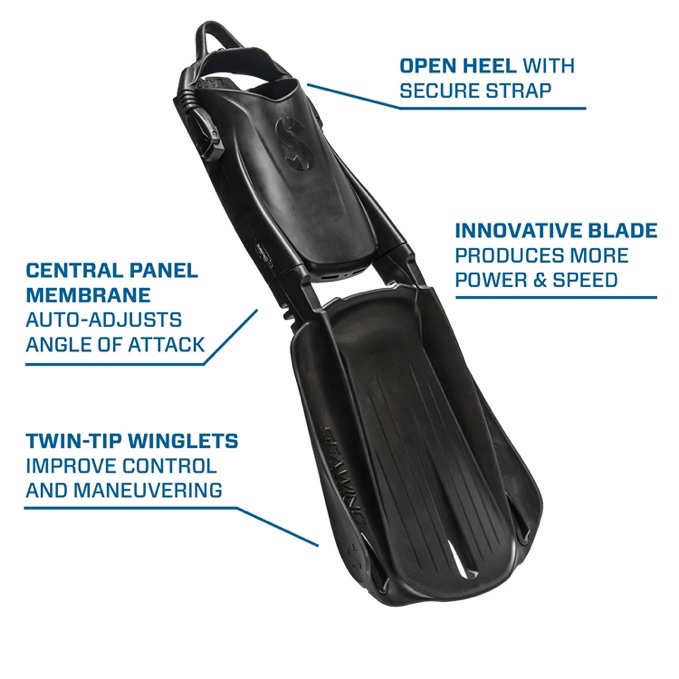
Age is also a factor, and divers who haven’t ever experienced cramps may do so as you get older. Both aspects are increased body weight and eccentric muscle contraction (where the muscle lengthens as the load is greater than the force the muscle can produce). Many publications suggest that the diver’s choice of fins may be the biggest driver of cramps. Weak leg muscles need a smaller, thinner, flexible fin; athletic legs can drive wider, longer, stiffer blades. Fin manufacturers add several features to improve performance, ribs, channels, vents, and the material of the blade. I do believe that they help a lot also. I get a lot less cramps now that I use the SCUBAPRO Seawing Nova, Go Sports, and the New Seawing Supernovas. The SeaWing’s have rips in the fins to help not push on your feet as much when you kick. There are two types of Seawing Nova.
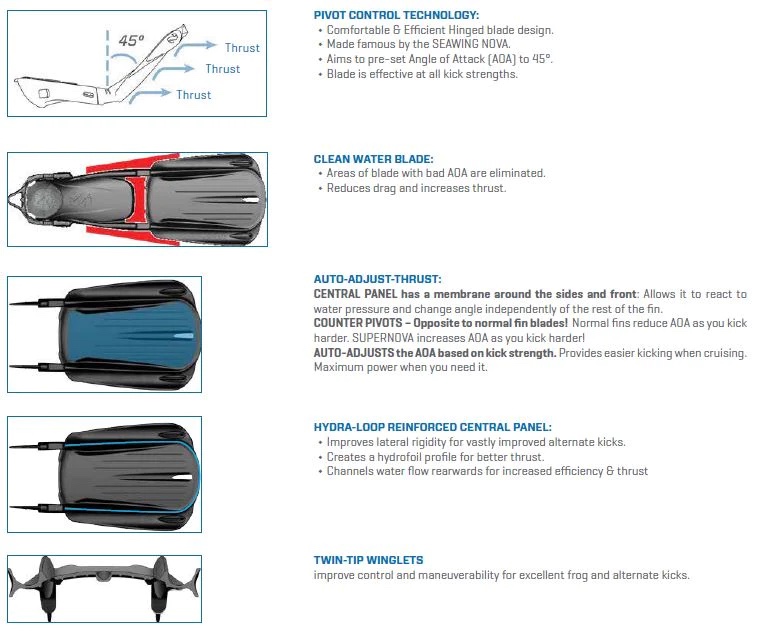
The Seawing Nova and the Seawing Nova Gorillas and there is now the new Seawing Supernovas. The Gorillas are a stiffer fin, and they are great for a working diver or someone in good shape. So, pick the right one for the job you are doing and the environment you will be in. I have been using the Supernovas and I love them, and I have not had any cramps. I am not saying it won’t happen but 6 months in and I am very happy with them.
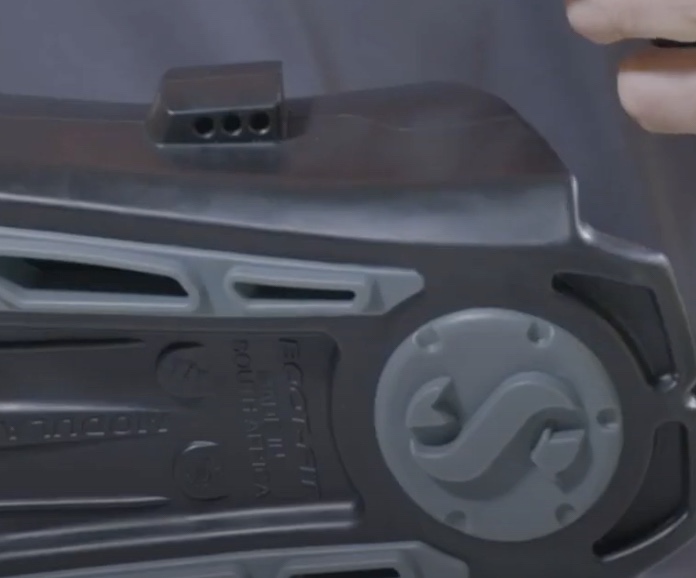
Your footwear should not be too tight as this will restrict circulation and bone movement in your foot. With the new Supernovas you can adjust the tension on the heel strap. IT has three positions you can set it for. If you are diving in the winter and you add a dive sock to your booties to keep you warm, what you are doing is restricting your circulation, and that will make you cold and cause cramps. If you want to add layers have different sizes booties. The strap should not bite into the back of your heels too tightly, pushing on your Achilles tendon. This can happen if your footwear is too big and you are shoving your foot in and barely getting your strap around you heal or you are afraid you will lose your fin, so you pull the strap tight. Something that could help with this is a self- adjusting fin, like a bungee strap or a steel spring. This will help keep the right pressure on your heel.
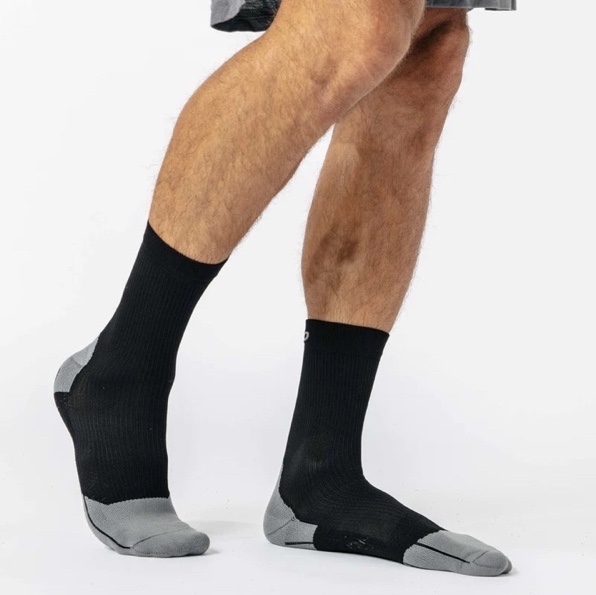
However, it’s more likely that repetitive finning motions are driving CNS fatigue and loss of control of the reflex. If you feel cramps starting, change your position, change your fin stroke, and maybe try to float for a bit and allow the CNS to reset. I have used one leg to fin while stretching the other out and trying to keep up with my swim buddy more than once. The other thing that can help is wearing compression clothing. I have been using compression socks for long flights, long dives, workouts, and recovery for a while, making a huge difference. I did a 3-mile ocean swim a couple of months back and didn’t use the sock I usually wear, and I cramped up a lot. I am a massive fan of DFND USA clothing.

Cramping generally affects people that have taken a long break from finning. I say finning and not diving because you don’t have to dive to fin. So, like all your other skills, shooting, moving, and communicating. You need to practice finning, so you stay in finning shape. You should try and swim a couple of times a week. When you are in the pool, swimming with fins on will help strengthen all the smaller muscles. When you are at the gym, don’t just do arms. Do functional workouts that include a lot of exercises for your calves and strengthening the specific muscle groups that cramp when diving. Also try and include foot flexing exercises, as one of the other reasons for cramping is your feet are not used to being pointed for long periods of time,
They include toe raises, one-leg drop squats, and calf raises. Lastly stretch a lot. I am bad at doing it until my knees and body hurts and they I am like “why do I hurt? Oh, Yaa I need to stretch” I am a fan of Active Isolation Stretching (AIS). I carry 1in tubular nylon with me everywhere I travel, it lives in my bags. You can google it and you will find out how to do it. I have used it since BUDS to help with knee pain and it always does.



